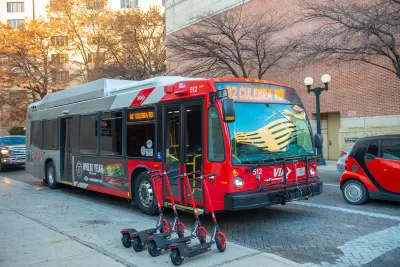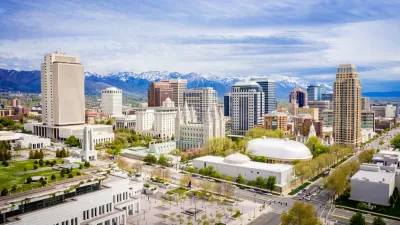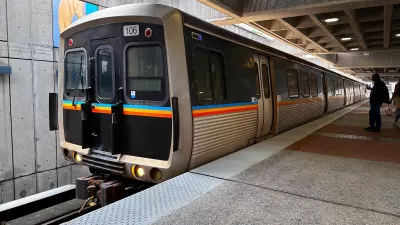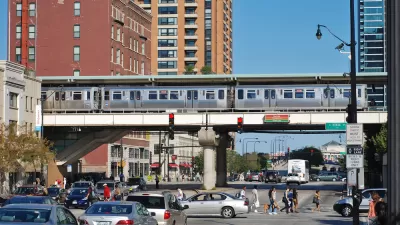Smaller transit agencies face some unique challenges.

While the focus of transit coverage skews toward big cities, mid-sized cities face their own transit struggles. In a piece in Streetsblog USA, Kea Wilson explains why smaller cities have a hard time maintaining reliable public transit systems.
A new analysis points to “the unique challenges of maintaining stable service in relatively less-populous urban areas that often gobble up outsized swaths of land” as a major reason why mid-sized cities had less reliable transit.
The article highlights cities like Baltimore, Orlando, Denver, and Sacramento, which all feature sprawling, car-dependent metro areas that “push residents to live and work on the auto-oriented edges of town and leave transit behind completely, starving agencies of the fares they need to make service improvements and making matters worse for the riders who remain.”
Smaller transit agencies face the same challenges as larger ones across the nation, including staffing shortages and budget shortfalls that make it difficult to improve service. Many also have a hard time tracking their service frequency and reliability because their vehicles lack GPS or other tracking devices. Meanwhile, a lack of dedicated transit infrastructure in smaller regions means bus service is impacted by car traffic.
Some, like Portland and San Antonio, still rate highly for transit reliability for their combination of service and data availability. “And if Baltimore and cities like it can't follow their lead, it doesn't bode well for their ability to deliver everything else a great transit network can provide.”
FULL STORY: Why Transit Reliability is Difficult in Midsized Cities

Trump Administration Could Effectively End Housing Voucher Program
Federal officials are eyeing major cuts to the Section 8 program that helps millions of low-income households pay rent.

Planetizen Federal Action Tracker
A weekly monitor of how Trump’s orders and actions are impacting planners and planning in America.

The 120 Year Old Tiny Home Villages That Sheltered San Francisco’s Earthquake Refugees
More than a century ago, San Francisco mobilized to house thousands of residents displaced by the 1906 earthquake. Could their strategy offer a model for the present?

Alabama School Forestry Initiative Brings Trees to Schoolyards
Trees can improve physical and mental health for students and commnity members.

NYC Outdoor Dining Could Get a Re-Do
The city council is considering making the al fresco dining program year-round to address cost concerns from small businesses.

HSR Reaches Key Settlement in Northern California City
The state’s high-speed rail authority reached an agreement with Millbrae, a key city on the train’s proposed route to San Francisco.
Urban Design for Planners 1: Software Tools
This six-course series explores essential urban design concepts using open source software and equips planners with the tools they need to participate fully in the urban design process.
Planning for Universal Design
Learn the tools for implementing Universal Design in planning regulations.
Ada County Highway District
Clanton & Associates, Inc.
Jessamine County Fiscal Court
Institute for Housing and Urban Development Studies (IHS)
City of Grandview
Harvard GSD Executive Education
Toledo-Lucas County Plan Commissions
Salt Lake City
NYU Wagner Graduate School of Public Service





























